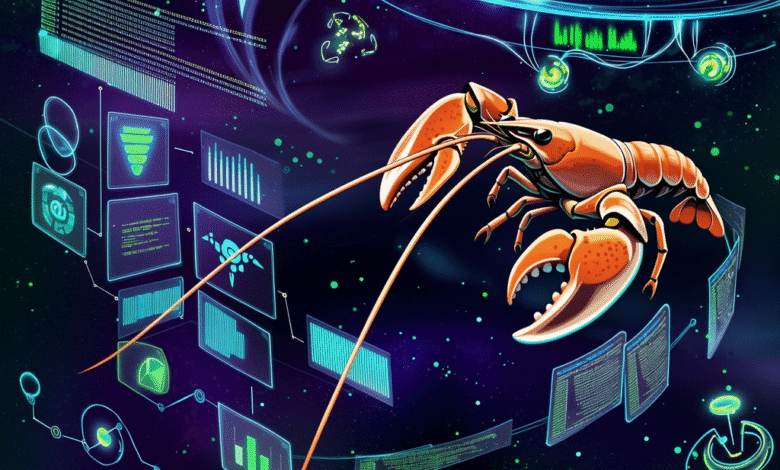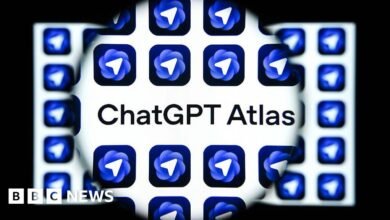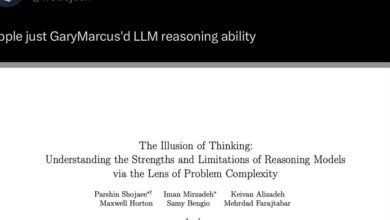OpenAI’s GPT-5 Lobster: AI Coding Precision for Developers

▼ Summary
– **GPT-5 “Lobster” is a specialized AI variant focused on coding and technical problem-solving, surpassing models like Claude 4 in benchmarks.**
– **It features one-shot programming, enabling precise outputs with minimal input, saving developers time on tasks like refactoring and simulation design.**
– **Lobster’s advanced reasoning extends to real-world engineering challenges, including game development, UI design, and robotics.**
– **OpenAI is testing Lobster on the LM Marina platform and considering a tiered access system (free, premium, professional) for broader adoption.**
– **GPT-5’s capabilities mark progress toward Artificial General Intelligence, reshaping workflows in software development and engineering.**
OpenAI’s latest innovation, the GPT-5 “Lobster” variant, is generating considerable interest, promising to reshape how developers approach programming. This tool aims to deliver enhanced coding precision and versatility, reportedly surpassing models like Claude 4 in key benchmarks. Imagine a system capable of handling intricate programming tasks, from refactoring outdated code to designing complex simulations, all with minimal input. Early indications suggest Lobster is more than just another AI assistant; it offers a compelling option for engineers and developers tackling diverse technical challenges.
Lobster stands out within the GPT-5 lineup due to its specialized focus on coding and technical problem-solving. A defining feature is its one-shot programming capability, allowing users to generate precise, efficient outputs from very little initial guidance. This means developers can save considerable time and effort. Its capabilities extend to refactor legacy code for improved structure and performance, managing dependencies within large software projects, and developing functional applications, including animations and simulations. For instance, creating interactive applications or designing intricate simulations becomes a more streamlined process, freeing developers to concentrate on higher-level architectural decisions.
Beyond conventional coding, Lobster’s utility broadens significantly. Its advanced reasoning capabilities position it as a versatile tool for addressing real-world engineering challenges. Potential applications include developing interactive game clones with extensive customization, designing user interfaces tailored to specific needs, and solving complex technical problems in fields such as robotics, data analysis, and machine learning. These attributes make Lobster a powerful resource for professionals engaged in demanding projects, promising to streamline workflows and enhance productivity across various industries.
OpenAI is rigorously testing GPT-5 variants, including Lobster, on the LM Marina platform. This testing environment allows for evaluating models across diverse tasks and gathering critical feedback. By analyzing performance data and user input, OpenAI refines these models to meet varied user requirements, ensuring they are optimized for practical applications before their broader release. Furthermore, OpenAI is exploring a tiered access system for GPT-5. This approach could offer a free tier for basic AI functionalities, a premium tier with advanced features for developers, and a professional tier for enterprise-level needs, ensuring widespread access to these sophisticated tools.
The advancements seen in GPT-5, particularly the Lobster variant, underscore significant progress toward achieving Artificial General Intelligence. By combining exceptional coding with advanced reasoning, GPT-5 has the potential to redefine workflows in software development and engineering, promising to enhance efficiency and unlock new opportunities across numerous sectors.





